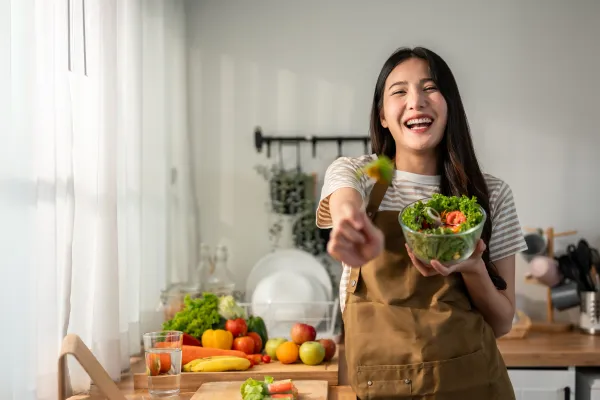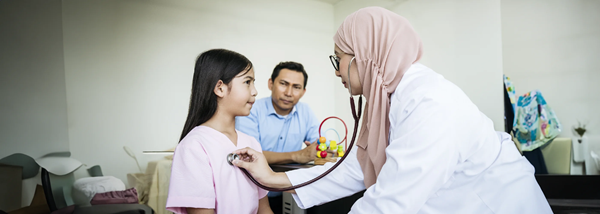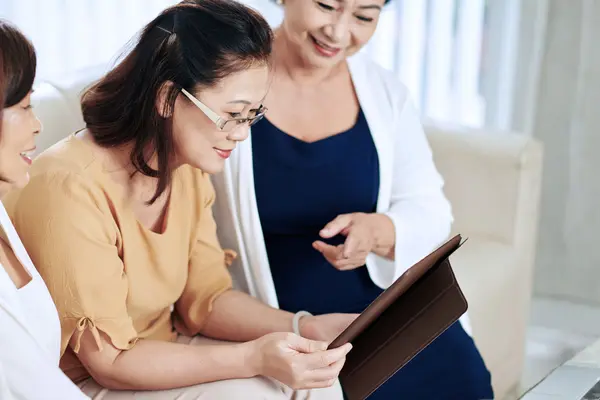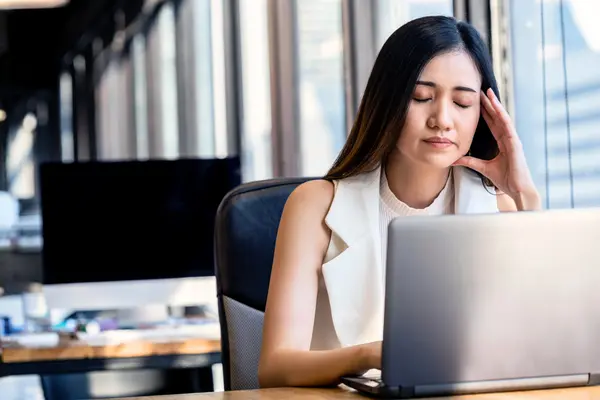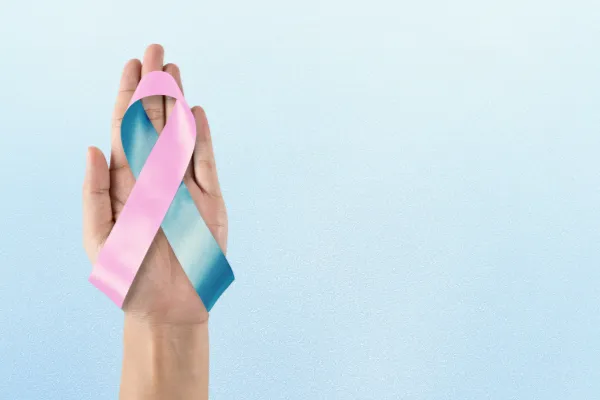Topics
What Is Secondhand Smoke?
Smoke that you did not intend to inhale is known as secondhand smoke or passive smoke or environmental tobacco smoke. It is a mixture of the smoke exhaled by smokers (mainstream smoke) and the smoke produced by burning tobacco (sidestream smoke).
Secondhand smoke contains many harmful substances, including carcinogens and toxins, which can pose serious health risks to non-smokers.
On the other hand, thirdhand smoke refers to the residual tobacco smoke pollutants that remain on surfaces and in dust, air, and other materials in indoor environments after active smoking has occurred and the air has cleared.
Why Is Secondhand Smoke Harmful to Children?
Secondhand smoke is especially harmful to children due to their developing bodies and the fact that they often have limited control over their environment.
Here are some reasons why secondhand smoke poses significant risks to children:
- Sudden infant death syndrome (SIDS) in babies, which is the sudden and unanticipated death of an otherwise healthy infant.
- Respiratory problems and infections, such as pneumonia, bronchitis, and asthma.
- Increased occurrence of ear infectionas they have fluid in their middle ear more often requiring more surgeries to drain the fluid.This may lead to hearing loss later in childhood.
- Dental caries.
- Exposure to secondhand smoke may be linked to developmental delays in children, including cognitive and behavioural issues.
What Are the Long-term Effects of Secondhand Smoke?
Children whose parents smoke are more likely to start smoking during adolescence. Exposure to secondhand smoke, particularly during childhood, can have long-term effects that may persist into adulthood.
Here are some of the potential long-term effects:
- Lung cancer
- Other cancers
- Heart disease
- Poor lung development
How to Protect Children from Secondhand Smoke?
Protecting children from secondhand smoke is crucial for their health and well-being. You can reduce the risk of exposure to secondhand smoke by doing the following:
- Make your home and car smoke-free.
- Ask visitors to smoke outside.
- Move away from a smoker.
- Use air purifiers to help improve indoor air quality.
- Keep living spaces well-ventilated to reduce the concentration of secondhand smoke pollutants.
Smokers should avoid being at a close distance to others when smoking. After cigarettes are lit, smoke remains in the air for several hours. Therefore, even if a person smokes alone in a room, others will eventually inhale the smoke as well.
Carpets, furniture, toys, and people's clothing are all affected by smoke. This "thirdhand smoke" will not be quickly washed away with cleanser and water. Children who touch surfaces that have third-party smoke on them will breathe in the harmful chemicals through their skin.
If you smoke, consider quitting. If quitting is not an immediate option, smoke outside and away from children. Be a positive role model for children by demonstrating healthy behaviours.
Book an Appointment at Pantai Hospitals
Every child deserves a healthy start in life, free from the harmful effects of secondhand smoke.
A dedicated and expert team of Paediatric specialists at Pantai Hospital is available for consultation to provide the best care and assistance to patients through screening, diagnosis, and treatment.
Get in touch with us to book an appointment today if you have any concerns or questions about secondhand smoke.
Pantai Hospital has been accredited by the Malaysian Society for Quality in Health (MSQH) for its commitment to patient safety and service quality.

